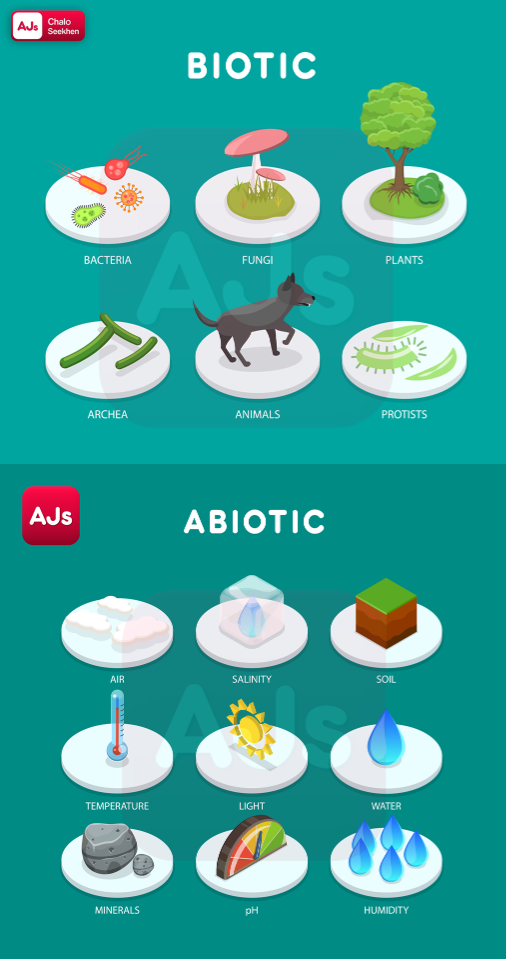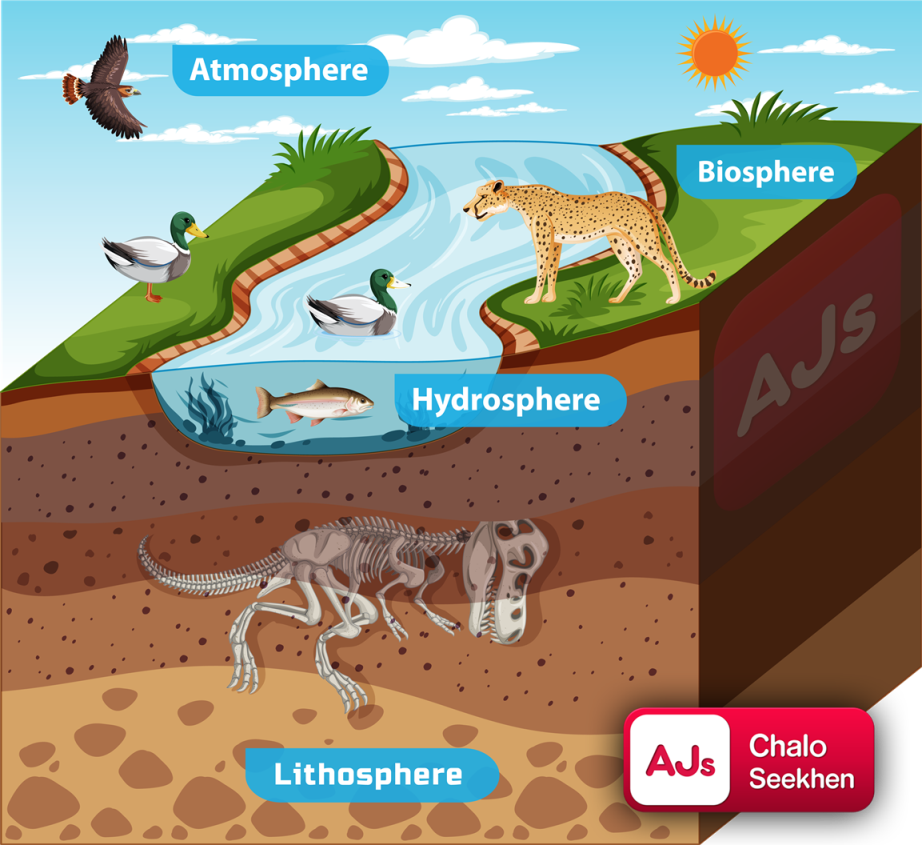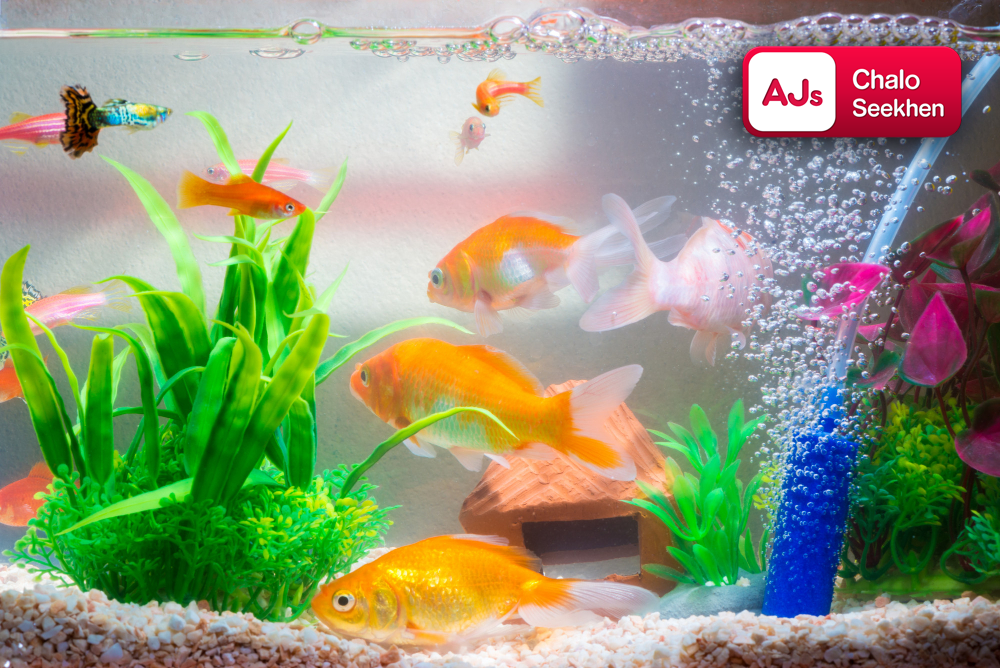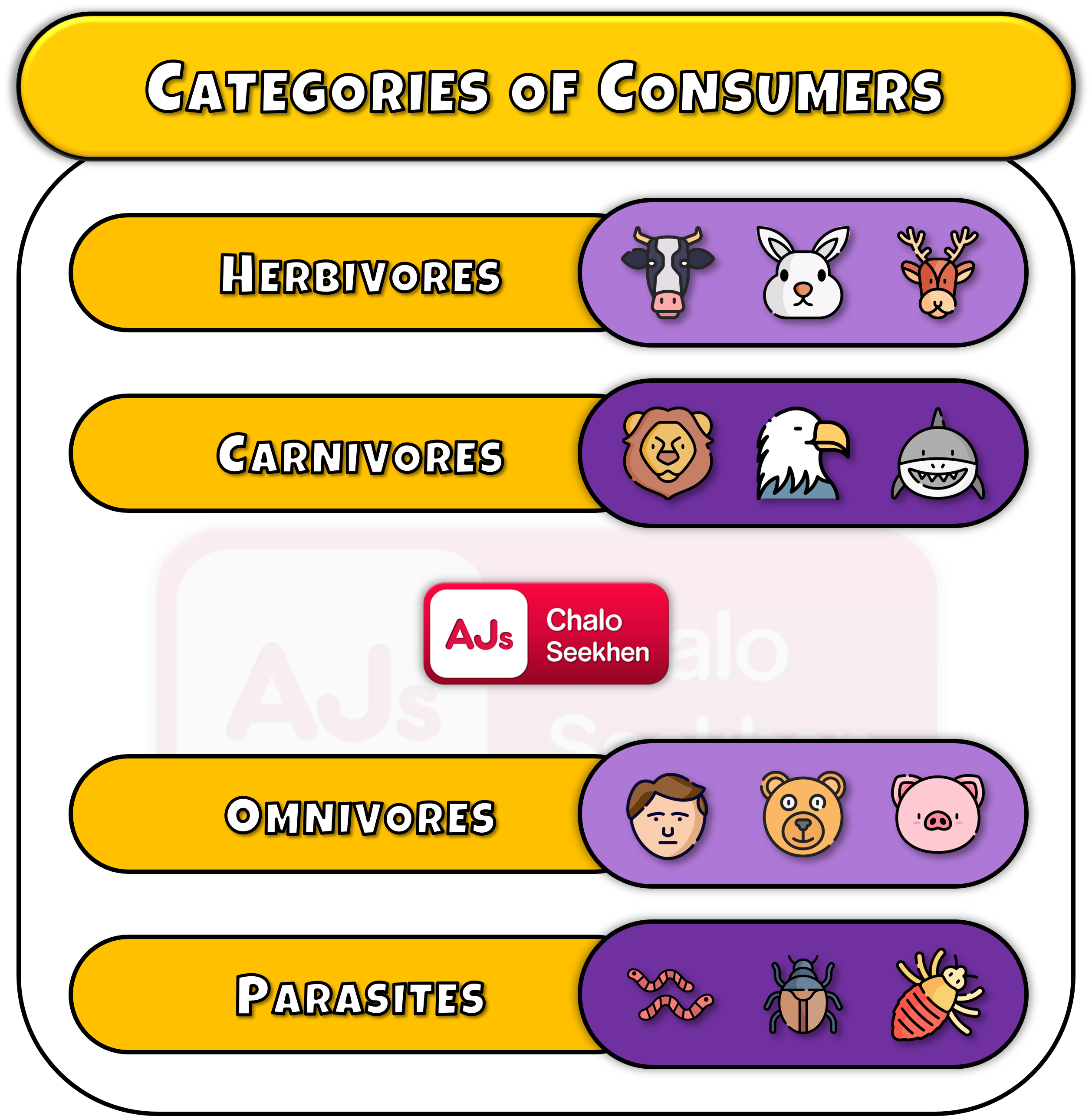There are no items in your cart
Add More
Add More
| Item Details | Price | ||
|---|---|---|---|
NCERT Science Notes - Class 10
Chapter 13 - Our Environment
Welcome to AJs Chalo Seekhen. This webpage is dedicated to Class 10 | Science | Chapter 13 | Our Environment. In this chapter, introduces students explore ecosystems and the impact of human activities on the environment. It discusses the importance of natural resources, the need for sustainable development, and the role of various factors in maintaining ecological balance. The chapter also covers pollution, its types, sources, and effects on living organisms. Students learn about the significance of biodiversity, conservation efforts, and practices to reduce environmental degradation, highlighting the need for responsible stewardship of our planet. This chapter is key to understanding the delicate balance of our environment and our role in preserving it.
NCERT Science Notes - Class 8 Chapter 9 - Friction notes ajs, cbse notes class 10 ajslearning, cbse notes ajs, ajs notes class 10, ajslearning, ajs chalo seekhen
Activity 13.2
Food Chain
Energy Flow and Biological Magnification
Energy Flow
Activity 13.3
Key Concepts
13.2.1 - Ozone Layer and How it is Getting Depleted
Activity 13.4
Key Concepts
Activity 13.5: Observing Waste Decomposition
Understanding Biodegradability
Activity 13.6: Research on Waste
Activity 13.7: Waste Management in Your Area
Activity 13.8: Sewage and Industrial Waste Treatment
Think It Over: Disposable Cups
Activity 13.9: Hazardous Waste and Recycling
NCERT Science Notes - Class 10 | Science | Chapter - 13 | Our Environment
NCERT Science Notes - Class 10 | Science | Chapter - 13 | Our Environment
Dedicated team provides prompt assistance and individual guidance.
Engaging visuals enhance understanding of complex concepts.
Engaging visuals enhance understanding of complex concepts.
Assess understanding and track progress through topic-specific tests











